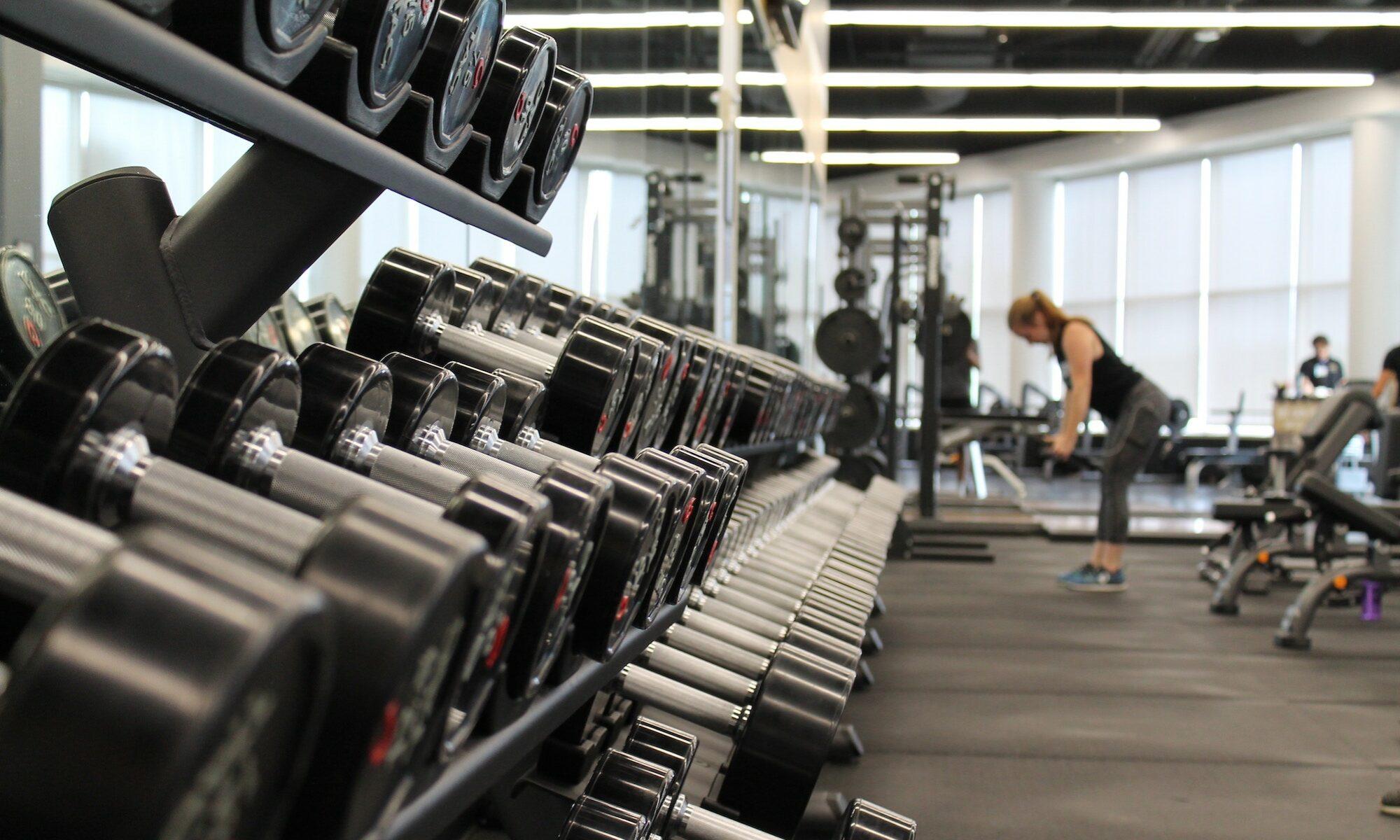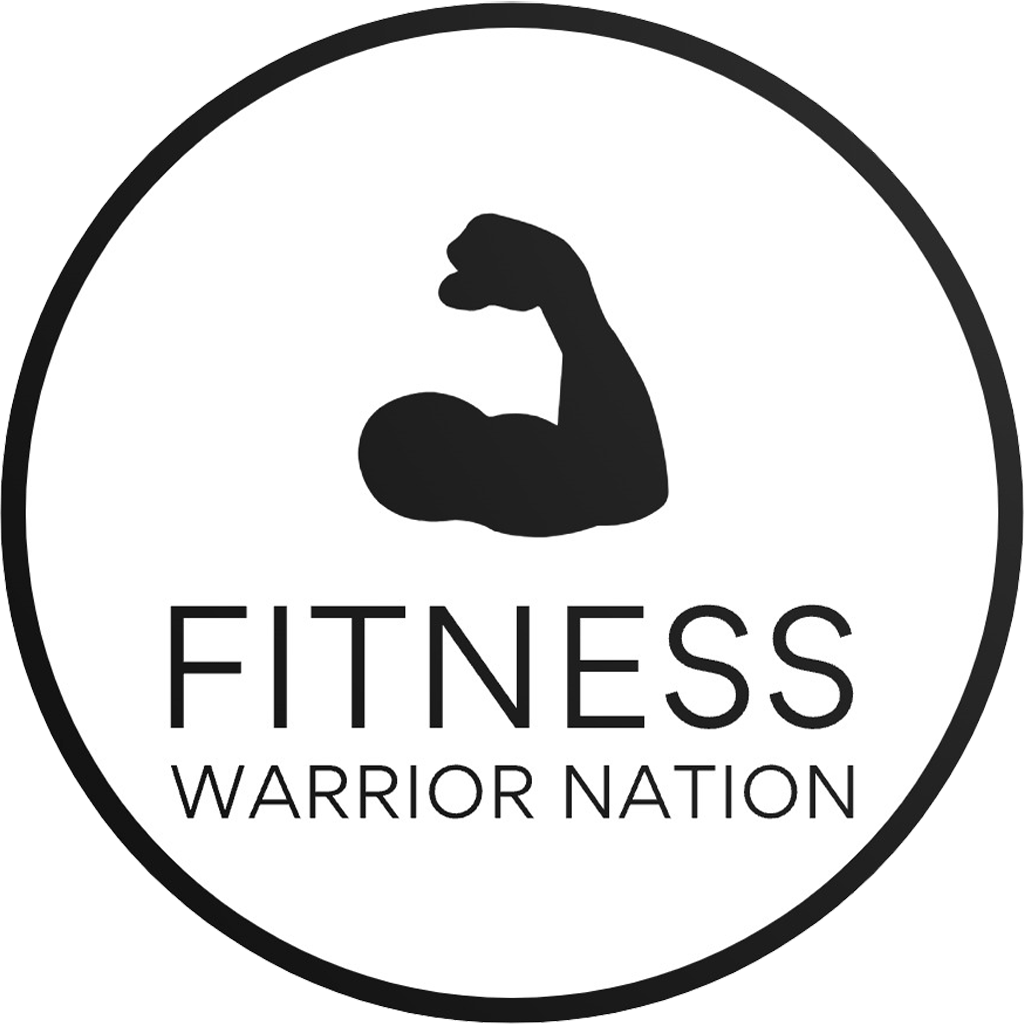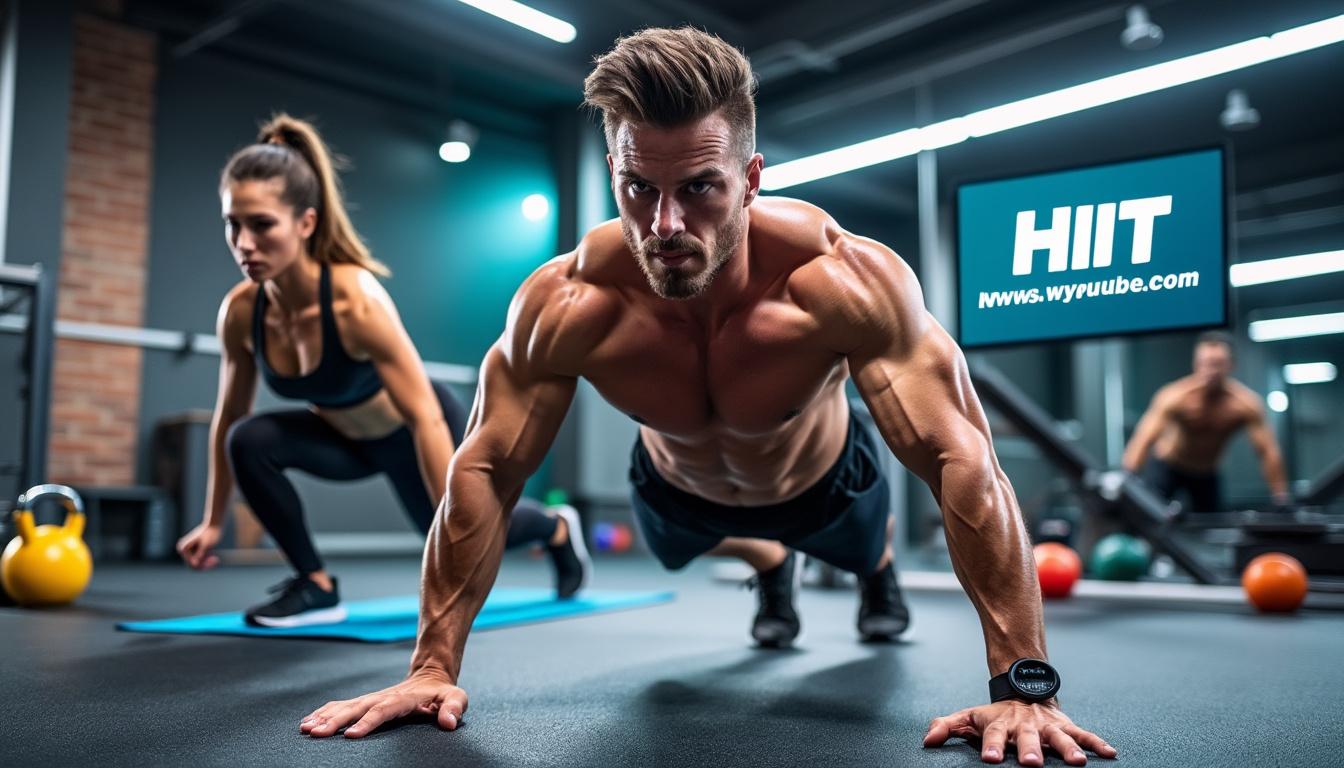Unleashing the Power of HIIT for Rapid Weight Loss in 2025
In a landscape where fitness trends evolve rapidly, High-Intensity Interval Training (HIIT) continues to dominate as a top method for fast, effective fat burning. Amidst the rise of sleek workout tech from Nike, Adidas, Under Armour, Puma, and Reebok, HIIT has carved its niche by transforming the way people approach exercise. With the busy schedules of 2025, short but intense sessions appeal more than ever. This guide dives deep into mastering HIIT routines designed to accelerate weight loss, boost endurance, and sculpt your body efficiently, all without the need for gym equipment.
From popular apps like FitBody App and Jefit, to renowned programs like Beachbody and Peloton, the options to elevate your HIIT regime are plentiful. But what makes HIIT truly unparalleled in 2025? It’s the science-backed approach that combines bursts of maximum effort with strategic recovery, unleashing a metabolic fire that can burn calories long after your session ends. Let’s explore how you can leverage this trend, backed by expert insights, for incredible results.
Understanding HIIT: The Science and Strategy for Weight Loss
High-Intensity Interval Training, or HIIT, is no longer just a fad but a scientifically proven method to maximize calorie burn in minimal time. Far from traditional steady-state cardio, HIIT involves alternating periods of intense effort—such as burpees, plyometric jumps, or mountain climbers—with short recovery phases. This approach pushes your cardiovascular limits while simultaneously enhancing muscular endurance and fat oxidation.
Key features that distinguish HIIT in 2025 include:
- Performing exercises at an intensity of 75-95% of your maximum heart rate
- Structured intervals of effort and recovery, often in 10-30 minute sessions
- Utilization of bodyweight exercises, with optional minimal equipment from Nike and Reebok
- Flexibility to adapt to all fitness levels using platforms like the FitBody App or Peloton
- Incorporation of compound movements for better calorie expenditure
Recent studies continue to reinforce the efficacy of HIIT for weight loss. For instance, research in 2025 shows that just three weekly sessions of HIIT can significantly boost metabolic rate and fat oxidation, making it a top choice for busy individuals seeking quick results.
| Feature | Details |
|---|---|
| Intensity Level | 75-95% of max heart rate |
| Session Duration | 10-30 minutes |
| Exercise Type | Bodyweight, minimal equipment |
| Frequency | 3 to 4 times weekly |
| Benefits | Fat burning, endurance, metabolic boost |
Core Components of an Effective HIIT Program
Crafting a successful HIIT routine hinges on key principles that balance intensity, duration, and recovery. An expert-designed program, like the one offered by Fitness Warrior Nation, emphasizes the following:
- Exercise Selection: Prioritize compound movements such as squat jumps, push-ups, and mountain climbers. These engage multiple muscle groups and maximize calorie burn.
- Interval Timing: Efforts typically last between 15-45 seconds, with rest intervals of similar or shorter length, tailored to individual fitness levels.
- Progression: Gradually increase intensity or volume over weeks to continually challenge your body and avoid plateaus.
- Recovery: Incorporate active rest, like walking or light jogging, to maintain elevated heart rate without overtraining.
- Consistency: Sticking to at least three sessions per week ensures steady progress toward weight loss goals.
Understanding these elements allows for a personalized approach that fits into busy schedules, whether you’re a beginner or seasoned athlete eager for a challenge. As you build momentum, integrating apparel from brands like Puma or Under Armour can enhance your motivation and performance during your HIIT sessions.
Designing a 6-Week HIIT Routine for Maximum Fat Loss in 2025
To optimize results, a structured program is essential. Drawing from current research and proven workout models, here’s an outline for a 6-week HIIT plan that progressively increases intensity, tailored for all fitness levels. This plan can be executed at home, park, or gym—using just your body weight or minimal equipment from brands like Nike or Adidas.
Key principles to consider include:
- Gradual increase in work interval duration
- Introduction of new exercises to prevent adaptation
- Variation in rest periods for metabolic stimulation
- Regular assessment and adjustment based on progress
| Week | Focus | Sample Exercises | Duration |
|---|---|---|---|
| 1 | Foundational endurance | Jumping jacks, mountain climbers, squats | 15-20 sec effort / 15-30 sec rest |
| 2-3 | Building intensity | Burpees, plyometric lunges, push-ups | 20-30 sec effort / 15-20 sec rest |
| 4-5 | Maximal effort | Jump squats, high knees, mountain climbers | 30 sec effort / 10-15 sec rest |
| 6 | Peak performance & maintenance | Combination of all exercises from previous weeks | Variable, push intensity, maintain consistency |
Sample Weekly Routine
One example of a weekly plan includes:
- Monday: Full-body HIIT circuit (20 min)
- Wednesday: Focused cardio intervals (15 min)
- Friday: Mixed exercise HIIT with strength components (25 min)
By following this plan and leveraging apps like the FitBody App or platforms like Peloton, users can track progress, stay motivated, and adjust exercises from a comprehensive library that includes options from Nike, Adidas, and Puma.
Incorporating Equipment and Style for Enhanced Motivation
While bodyweight exercises form the backbone of most HIIT routines, adding minimal equipment can elevate results and maintain enthusiasm. Brands like Reebok, Under Armour, and Puma offer excellent gear suitable for high-impact sessions. Examples include resistance bands, dumbbells, kettlebells, or even sandbags, all available through Nike and Adidas collaborations.
Choosing stylish, high-performance gear isn’t just about aesthetics; it impacts motivation and comfort. Many fitness enthusiasts in 2025 prefer to invest in versatile items like:
- Compression leggings from Nike or Adidas to improve blood flow
- Resistant bands from Under Armour for added resistance
- Light dumbbells or kettlebells from Reebok for strength integration
- Breathable, sweat-wicking shirts from Puma for prolonged sessions
Entertainment and workout apps can synchronize music and coaching for an immersive experience. For instance, combining a HIIT session with the Beat Paddle workout on Peloton can motivate while pushing tiered efforts. The key is consistency, style, and the right tools to push your limits in 2025.
Frequently Asked Questions About HIIT in 2025
- Can beginners safely follow a HIIT routine for weight loss?
Absolutely. Starting with lower intensity and gradually increasing effort ensures safety. Beginners should focus on proper form, perhaps guided by programs on the FitBody App or guided videos from Trainers like Josh. Consulting with a fitness professional is advisable if health concerns exist. - How many sessions per week are optimal for weight loss?
Most studies, including recent research from 2025, suggest three to four sessions weekly. This frequency balances effective calorie burn with adequate recovery, especially for those new to high-intensity workouts. - What should I wear for my HIIT workouts?
Opt for breathable, moisture-wicking apparel from brands like Nike, Adidas, or Under Armour. Proper footwear with good support from Puma or Reebok enhances performance and reduces injury risk during explosive movements. - Is it necessary to use equipment for HIIT?
No, bodyweight exercises often suffice. However, minimal equipment such as resistance bands or dumbbells can diversify your routine, increase resistance, and accelerate results. Many options are accessible via online platforms and workout apps. - How does HIIT compare to traditional endurance training?
While endurance training emphasizes sustained effort over longer periods, HIIT triggers a greater post-exercise oxygen consumption (EPOC), amplifying calorie burn and fat oxidation. In 2025, combining both methods offers the best overall fitness benefits.


